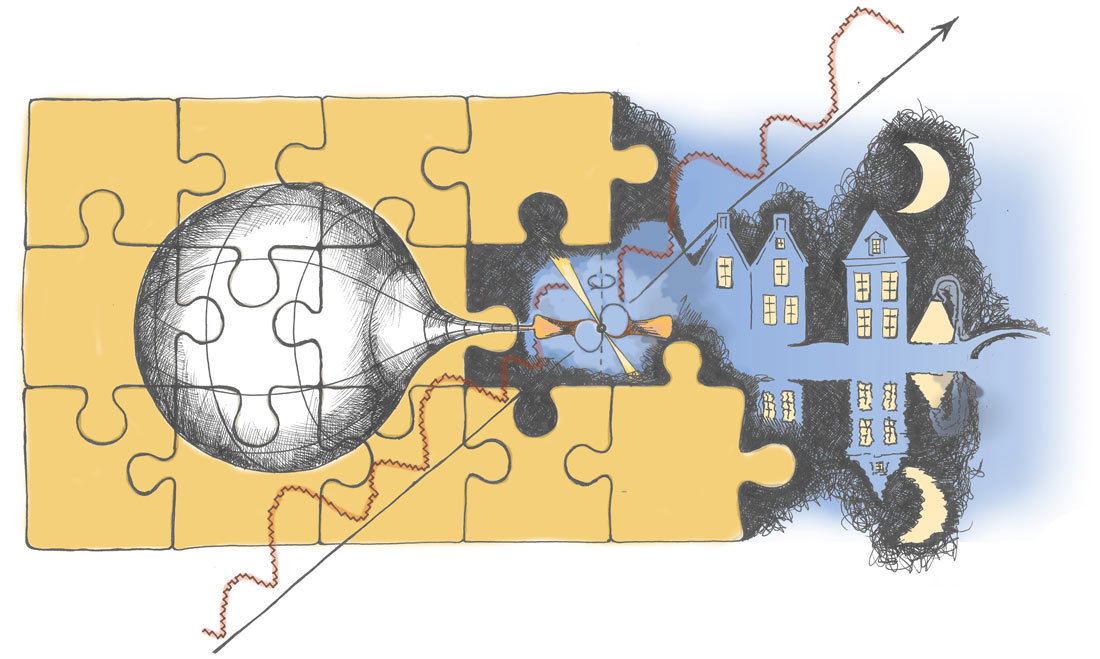Alexander Mushtukov currently holds the position of Stephen Hawking Fellow at the University of Oxford, where he is part of the High Energy Astrophysics group led by Prof. Rob Fender. Additionally, he is a visiting scientist at Leiden Observatory in the Netherlands, collaborating with the computational astrophysics group under the guidance of Prof. Simon Portegies Zwart.

His research focuses on accretion processes onto compact objects, predominantly neutron stars, but also includes black holes and white dwarfs. He specializes in radiation hydrodynamics, radiative transfer theory, Quantum Electrodynamics (QED) under extreme field conditions, plasma physics, and computational astrophysics. Currently, his focus is on the study of extreme accretion onto strongly magnetized neutron stars, he is part of the leading theoretical group contributing to research on accretion onto magnetized neutron stars for the NASA space mission IXPE (the Imaging X-ray Polarimetry Explorer), and member of science team in the enhanced X-ray Timing and Polarimetry mission (eXTP).

